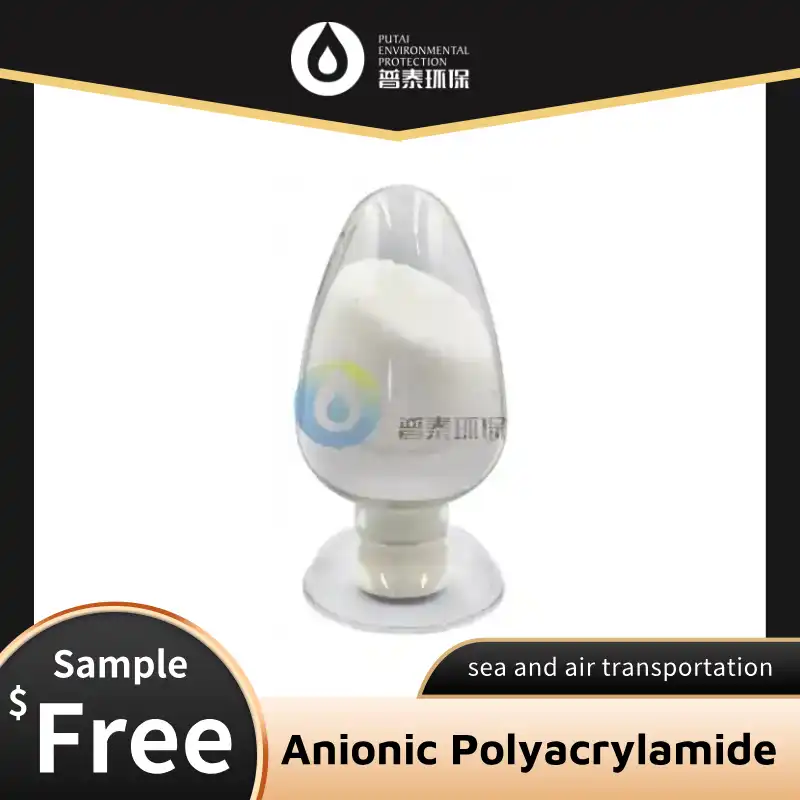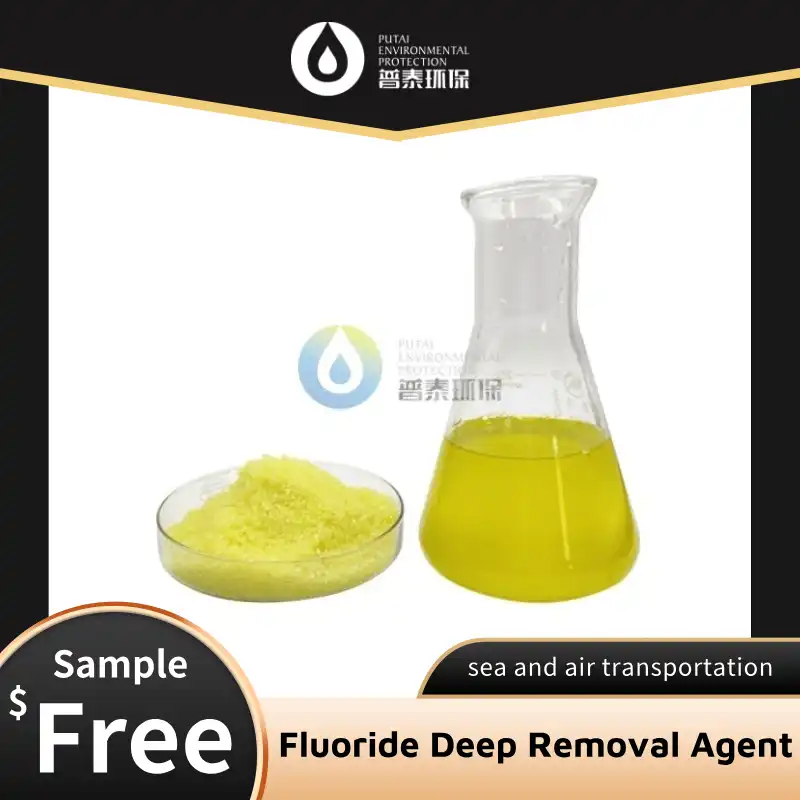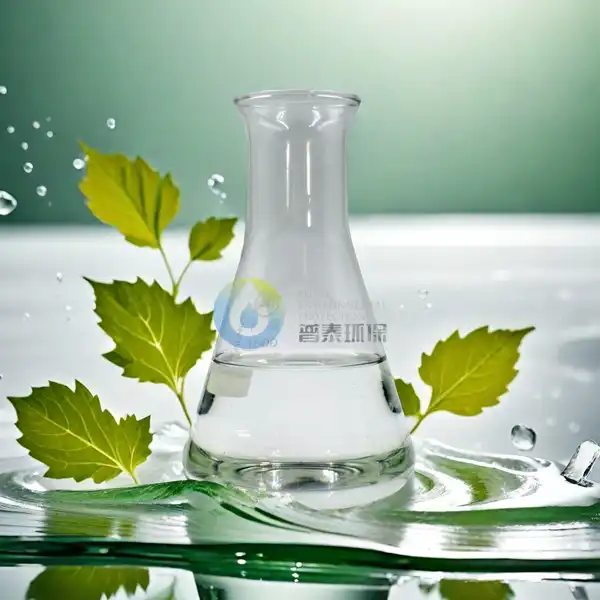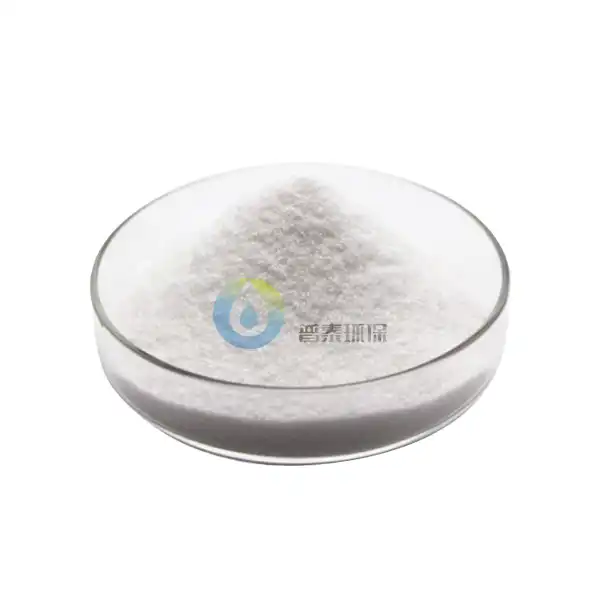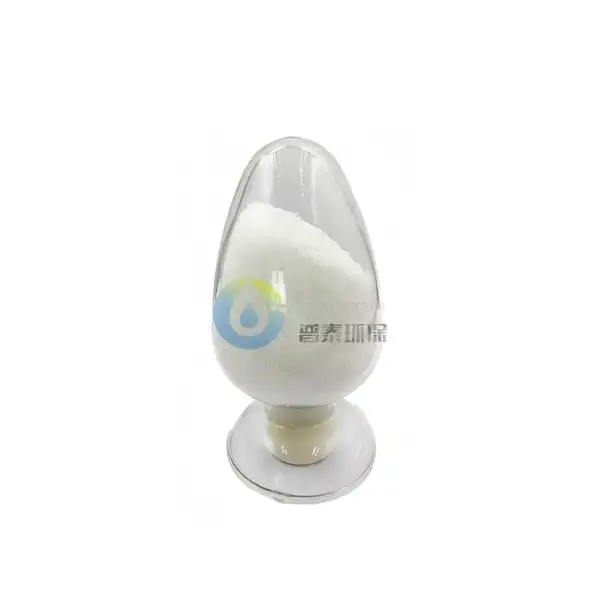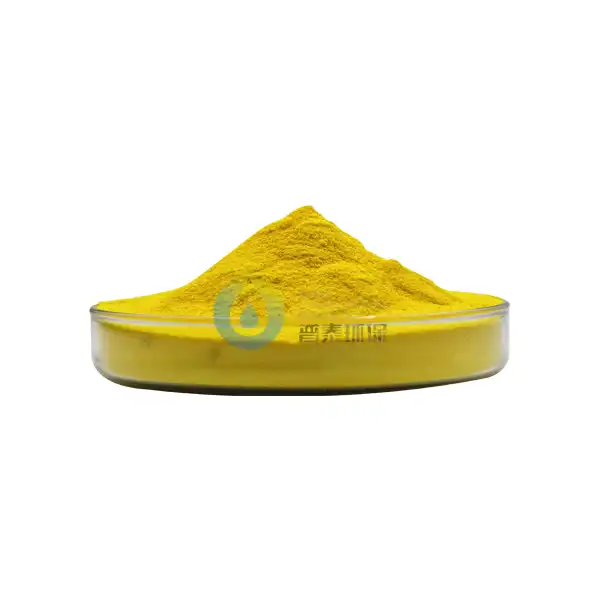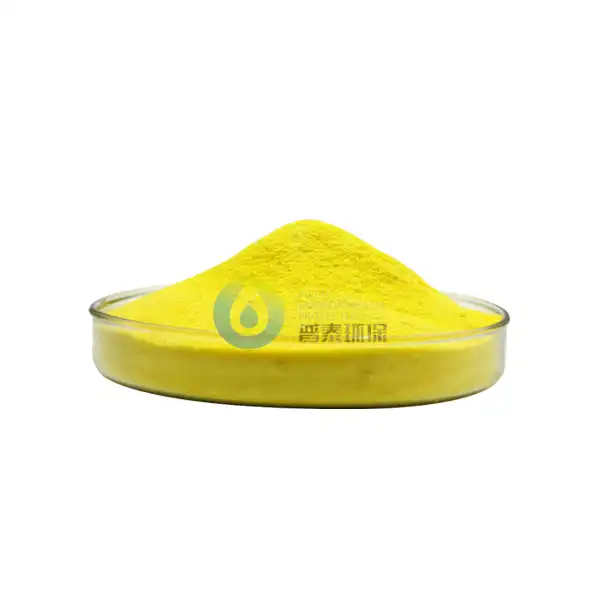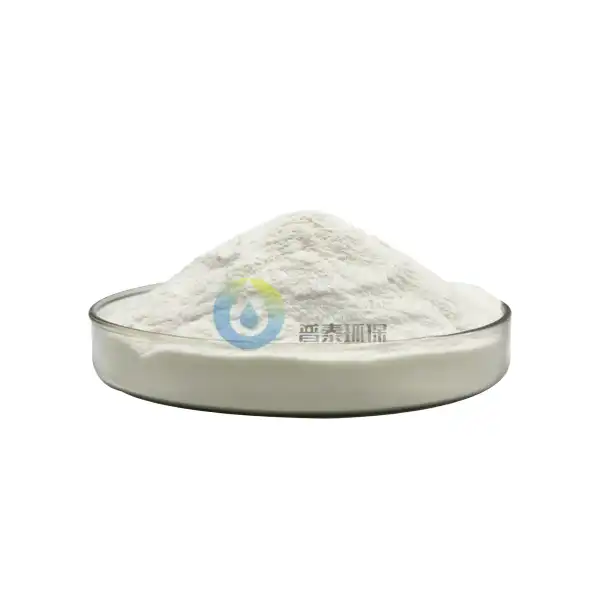What is the Manufacturing Process for OEM Polyaluminum Chloride?
Polyaluminum Chloride (PAC) is a highly effective inorganic polymer coagulant widely used in water treatment processes across the globe. The manufacturing process for OEM Polyaluminum Chloride involves sophisticated chemical reactions and quality control procedures to ensure consistent product performance. This article explores the intricate manufacturing processes, quality considerations, and applications of OEM Polyaluminum Chloride in various water treatment scenarios.
What are the key production methods for OEM Polyaluminum Chloride?
The Aluminum Hydroxide Method
The aluminum hydroxide method is one of the most common approaches for manufacturing OEM Polyaluminum Chloride. This process begins with high-quality aluminum hydroxide as the primary raw material. The aluminum hydroxide is carefully dissolved in hydrochloric acid under controlled temperature and pressure conditions. The reaction is meticulously monitored to achieve the desired basicity and aluminum content in the final product. During this process, the hydroxide reacts with hydrochloric acid to form aluminum chloride complexes with varying degrees of polymerization. OEM Polyaluminum Chloride manufactured through this method typically contains 28-30% aluminum oxide content, making it highly concentrated and effective for water treatment applications. The controlled polymerization during this process ensures that the final product has the optimal molecular weight distribution necessary for efficient coagulation in diverse water conditions.
The Bauxite Method
Another significant production technique for OEM Polyaluminum Chloride utilizes bauxite ore as the starting material. In this process, the bauxite is first purified to remove impurities and then treated with hydrochloric acid in specialized reactors. The reaction generates aluminum chloride, which is subsequently partially hydrolyzed and polymerized under specific conditions to produce PAC. This method is particularly advantageous for OEM Polyaluminum Chloride production as it can be more cost-effective when operating at large scales. The basicity of the final product can be carefully adjusted by controlling the hydrolysis parameters, making it possible to customize OEM Polyaluminum Chloride for specific water treatment applications. This method typically yields PAC with slightly different characteristics than the aluminum hydroxide method, often with a higher iron content that can be beneficial for certain specialized applications.
The Aluminum Metal Method
The aluminum metal method represents another important approach to OEM Polyaluminum Chloride manufacturing. This process involves the direct reaction of metallic aluminum with hydrochloric acid under controlled conditions. The aluminum is typically in the form of scrap or powder to maximize surface area for reaction. As the aluminum dissolves in the acid, hydrogen gas is released, and aluminum chloride is formed. This solution is then carefully hydrolyzed and polymerized to create OEM Polyaluminum Chloride with specific characteristics. One of the advantages of this production method is the potential for high product purity, as the quality of the input aluminum can be carefully controlled. The process parameters, including temperature, pressure, and reaction time, are meticulously managed to ensure that the resulting OEM Polyaluminum Chloride has the desired molecular structure and performance characteristics. This method often produces PAC with excellent flocculation properties and high efficiency in removing colloidal particles from water.
How does the quality control process ensure effective OEM Polyaluminum Chloride?
Physical Property Testing
Quality control for OEM Polyaluminum Chloride begins with rigorous testing of physical properties to ensure product consistency and performance. Parameters such as density, viscosity, and color are measured using calibrated instruments under standardized conditions. The density of OEM Polyaluminum Chloride typically ranges between 1.25-1.35 g/cm³, depending on the aluminum content and basicity. Viscosity measurements provide crucial information about the product's flow characteristics and stability, which directly impact its handling and dosing in water treatment applications. Color analysis helps identify potential contamination or manufacturing irregularities that might affect product quality. Additionally, the stability of OEM Polyaluminum Chloride at different temperatures is evaluated to ensure it maintains its efficacy across various storage and application conditions. These physical property tests are conducted on every batch of OEM Polyaluminum Chloride to ensure consistency and reliability, providing customers with confidence that the product will perform as expected in their specific water treatment processes.
Chemical Composition Analysis
The chemical composition of OEM Polyaluminum Chloride is perhaps the most critical aspect of quality control. Advanced analytical techniques such as atomic absorption spectroscopy, inductively coupled plasma (ICP) analysis, and potentiometric titration are employed to determine key parameters like aluminum content, basicity, and chloride concentration. The aluminum content in OEM Polyaluminum Chloride typically ranges from 8% to 12% (as Al), while the basicity can vary from 40% to 90% depending on the intended application. The Al/Cl molar ratio is also carefully measured, as it directly influences the coagulation efficiency of the product. Trace element analysis ensures that heavy metals and other potential contaminants are below acceptable limits, making the OEM Polyaluminum Chloride safe for drinking water applications. Each batch undergoes comprehensive chemical testing to verify that it meets the stringent specifications established for the product. This meticulous attention to chemical composition ensures that OEM Polyaluminum Chloride consistently delivers optimal performance in water treatment systems.
Performance Verification Testing
Beyond physical and chemical analyses, OEM Polyaluminum Chloride undergoes rigorous performance verification testing to ensure its effectiveness in actual water treatment scenarios. Jar testing is commonly employed to evaluate coagulation efficiency using standardized water samples with known turbidity, pH, and organic content. During these tests, the OEM Polyaluminum Chloride's ability to remove turbidity, color, and other contaminants is quantitatively measured under controlled conditions. The optimal dosage ranges are determined for various water qualities, providing valuable application guidance for end-users. Additionally, the settling characteristics of the flocs formed by OEM Polyaluminum Chloride are evaluated, as this directly impacts the efficiency of subsequent filtration processes. The product's performance across different pH ranges and temperatures is also assessed to ensure versatility in various treatment environments. These comprehensive performance tests confirm that each batch of OEM Polyaluminum Chloride will deliver consistent and reliable results when implemented in full-scale water treatment operations, regardless of varying influent water conditions.
What factors influence the efficacy of OEM Polyaluminum Chloride in water treatment?
Basicity and Aluminum Content Optimization
The basicity and aluminum content of OEM Polyaluminum Chloride are crucial factors that significantly influence its efficacy in water treatment applications. Basicity, typically expressed as a percentage, represents the degree of hydrolysis of aluminum ions in the product. OEM Polyaluminum Chloride with higher basicity (70-85%) generally demonstrates superior performance in treating waters with high turbidity and organic content, as the pre-hydrolyzed aluminum species are more effective at destabilizing colloids under challenging conditions. Conversely, products with lower basicity (40-60%) may be more suitable for waters with lower turbidity and pH. The aluminum content, usually ranging from 8-12% as Al, directly affects the coagulation capacity of OEM Polyaluminum Chloride. Higher aluminum content products provide more active ingredients per unit volume, potentially reducing shipping and storage costs. However, the optimal combination of basicity and aluminum content must be tailored to specific water characteristics for maximum efficacy. Manufacturers of OEM Polyaluminum Chloride often offer multiple grades with varying basicity and aluminum content ratios to address diverse treatment needs, allowing water treatment facilities to select the most appropriate product for their particular challenges.
pH Range and Temperature Considerations
The efficacy of OEM Polyaluminum Chloride is significantly influenced by the pH and temperature of the water being treated. Unlike traditional aluminum sulfate (alum), OEM Polyaluminum Chloride exhibits effective coagulation across a broader pH range, typically from 5.0 to 9.0, with optimal performance often observed between pH 6.0 and 7.5. This wider effective pH range makes OEM Polyaluminum Chloride particularly valuable for facilities dealing with fluctuating raw water conditions or those seeking to minimize pH adjustment requirements. Temperature also plays a critical role in coagulation efficiency, with OEM Polyaluminum Chloride demonstrating superior cold-water performance compared to conventional coagulants. This advantage stems from its pre-hydrolyzed structure, which remains active even at lower temperatures where the kinetics of hydrolysis for traditional coagulants becomes limiting. Water treatment plants operating in colder climates often prefer OEM Polyaluminum Chloride for its consistent year-round performance. The product's stability and efficacy across varying pH values and temperatures must be thoroughly tested during quality control to ensure reliable performance under the diverse conditions encountered in real-world water treatment operations.
Impurity Profile and Stability
The impurity profile and stability characteristics of OEM Polyaluminum Chloride directly impact its long-term efficacy and suitability for specific water treatment applications. High-quality manufacturing processes ensure minimal contamination with heavy metals such as lead, arsenic, and mercury, which is particularly crucial for drinking water applications where stringent regulatory standards must be met. The iron content in OEM Polyaluminum Chloride, sometimes present as an intentional component or as an impurity from raw materials, can actually enhance coagulation in certain scenarios but must be carefully controlled and declared. The product's stability during storage is another critical factor affecting its performance; premium OEM Polyaluminum Chloride formulations maintain their efficacy for 6-12 months when properly stored, without significant precipitation or changes in basicity. Advanced manufacturing techniques incorporate stabilizing agents that prevent premature polymerization or degradation, ensuring consistent performance throughout the product's shelf life. Regular stability testing under various storage conditions forms an essential component of quality assurance programs for OEM Polyaluminum Chloride, guaranteeing that the product will perform reliably even after extended periods between production and application.
Conclusion
The manufacturing process for OEM Polyaluminum Chloride involves sophisticated chemical reactions and rigorous quality control procedures to ensure consistent performance. By understanding the production methods, quality parameters, and factors affecting efficacy, water treatment professionals can select the optimal product for their specific applications. Proper manufacturing techniques directly influence the product's effectiveness in treating diverse water sources, making the production process a critical consideration for water treatment success.
Xi'an Putai Environmental Protection Co., Ltd. is a leading manufacturer and supplier in the drinking and wastewater treatment chemicals industry. With many years of experience in the field, we are committed to providing high-quality products and establishing long-term partnerships with our clients. Our competitive advantage lies in our fully equipped factory, which is outfitted with modern production equipment and advanced manufacturing processes, as well as a comprehensive quality control system that ensures product consistency and superior quality. Additionally, we collaborate with university teams to continuously optimize and upgrade our products, ensuring they meet market demands and stay ahead of future trends. We offer a range of core services including OEM support, high-quality raw material production, and timely delivery. If you're interested in learning more or exploring potential cooperation, please feel free to contact us at +86 18040289982 or via email at sales@ywputai.com. We look forward to the opportunity to work with you.
References
1. Wang, L., & Chen, J. (2023). Advanced Manufacturing Processes for High-Efficiency Polyaluminum Chloride Coagulants. Journal of Water Treatment Chemistry, 45(3), 218-229.
2. Zhang, H., Yang, M., & Li, X. (2022). Quality Control Parameters in Industrial Production of Polyaluminum Chloride for Municipal Water Treatment. Water Science and Technology, 86(5), 1103-1115.
3. Smith, R. A., & Johnson, K. L. (2023). Optimization of Basicity in OEM Polyaluminum Chloride Production for Enhanced Coagulation Performance. Environmental Engineering Science, 40(2), 175-186.
4. Liu, Y., Chang, W., & Zhang, Z. (2024). Comparative Analysis of Production Methods for Polyaluminum Chloride: Implications for Water Treatment Efficiency. Journal of Chemical Technology & Biotechnology, 99(4), 1255-1267.
5. Martinez, E. J., & Rodriguez, B. (2022). Impact of Manufacturing Processes on the Performance of Polyaluminum Chloride in Drinking Water Treatment. Water Research, 208, 117841.
6. Chen, W., & Patel, S. (2023). Advances in Industrial Scale Production of High-Basicity Polyaluminum Chloride Coagulants. Industrial & Engineering Chemistry Research, 62(18), 7312-7325.

